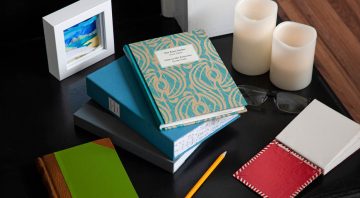
Shiaba is a ruined township located on the southwestern peninsula of the Isle of Mull, approximately 8 km east of Bunessan. It’s a significant historical site that provides insight into 18th and 19th-century rural life in Scotland.
The name “Shiaba” comes from the Gaelic “Sia Ba,” meaning “six cows,” reflecting the area’s relative fertility. The township is first mentioned in written records in 1779, but its existence likely predates this. In 1804, it transitioned from a run rig agricultural system to a crofting community. At its peak, Shiaba included a school, corn-drying kilns, watermills, dwellings, and agricultural structures. The mid-1800s saw a population of around 130.
The clearance of Shiaba began in 1845, with most residents evicted by 1847. Some relocated elsewhere on Mull, while others emigrated. By 1871, only a shepherd’s family remained, and the township was entirely abandoned by 1937. The Gaelic poet Mary MacLucas, author of the hymn “Leanabh an àigh” (Child in a Manger), lived in Shiaba.
Today, the remains of the settlement are a Scheduled Monument, recognized for its importance in understanding Scotland’s rural economy and society. The ruins include roofless buildings, a schoolhouse, and other structures. The site offers views of the coast, and a walk to the ruins is described as involving a rough track and path.
Rate us and Write a Review
November, 2025
Saturday
August 26,2019
- Tuesday
- 9:00am - 10:00am
Awesome Job!
We have received your appointment and will send you a confirmation to your provided email upon approval.

